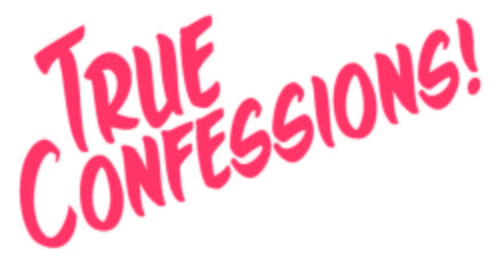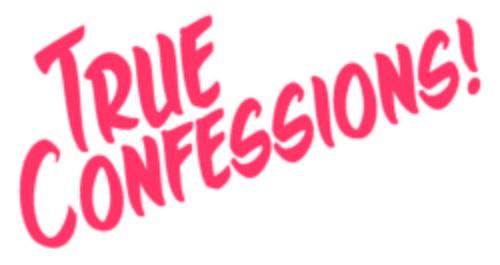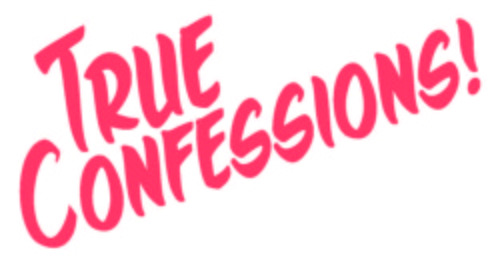What’s The Buzz? Join us for Lunch to Find Out.
Over the past couple of years, through our popular quarterly Lunch & Learn programs, we have tried to present new marketing tips, tricks and techniques. Our goals are to continue to help you add more arrows to your quiver to enable you to make your marketing efforts, and the measurement of those efforts, more effective.
Our next Lunch & Learn on Thursday, November 29, takes a slightly different approach. With the variety of marketing channels available,
Jon Davis, COO of lee|Stafford, will present marketing success stories that utilized their Beehive Protocol software. The Beehive Software solution empowers marketers to support multiple campaigns, channels and activities – both online and offline. In short, it provides ways to help marketers – Organize, Communicate, Respond, Track, Adjust and Improve.
Jon is a veteran of the medical device and healthcare industries. He has been instrumental in the development of patient communication efforts and in thousands of product launches that represent billions of dollars in sales for his clients, all using the BeeHive Protocol proprietary software that he helped develop.
Please join us for lunch as Jon introduces this concept of how to available software allows you to maximize your quick response marketing needs in compelling case study examples.
And if that is not incentive enough, one lucky attendee will win a new iPad Mini!
I look forward to seeing you on the 29th! Register here.
Paul Strack, CustomXM





 While we always try to have informative and engaging speakers for our quarterly Lunch & Learns, we certainly received a bonus in the local celebrity of
While we always try to have informative and engaging speakers for our quarterly Lunch & Learns, we certainly received a bonus in the local celebrity of 







